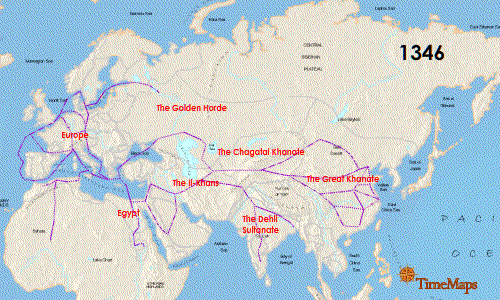![Bubonic plague victims in a mass grave in 18th century France. By S. Tzortzis [Public domain], via Wikimedia Commons](https://upload.wikimedia.org/wikipedia/commons/1/1b/Bubonic_plague_victims-mass_grave_in_Martigues%2C_France_1720-1721.jpg)
Teeth from 178 individuals in three different locations (two European, one Asian) were screened for Y. pestis infection using the plasminogen activator (pla) gene. Continue reading “Digging Up More Clues in the History of the Black Death”
![Bubonic plague victims in a mass grave in 18th century France. By S. Tzortzis [Public domain], via Wikimedia Commons](https://upload.wikimedia.org/wikipedia/commons/1/1b/Bubonic_plague_victims-mass_grave_in_Martigues%2C_France_1720-1721.jpg)
Teeth from 178 individuals in three different locations (two European, one Asian) were screened for Y. pestis infection using the plasminogen activator (pla) gene. Continue reading “Digging Up More Clues in the History of the Black Death”
